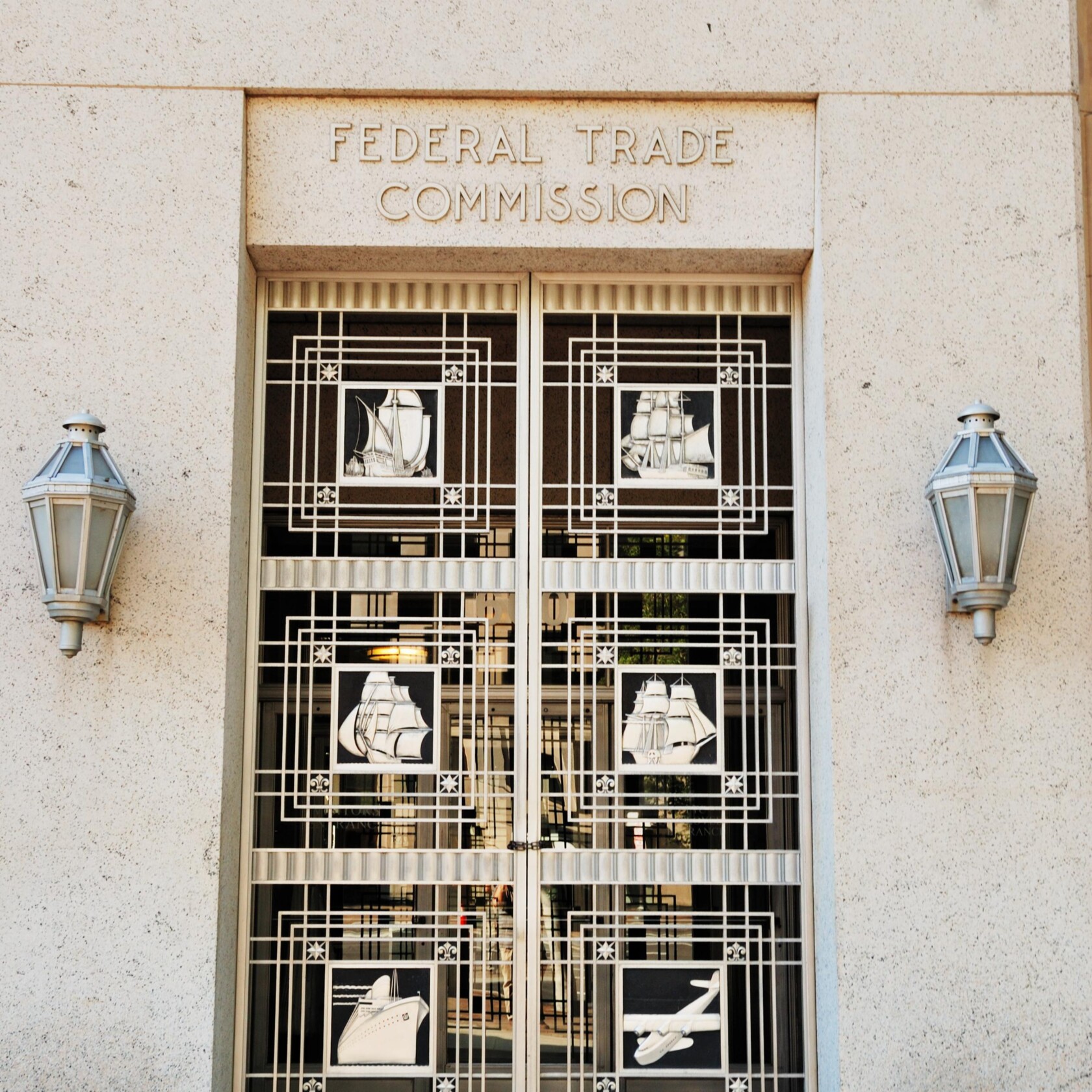
On February 5, 2024, the Federal Trade Commission (FTC) published a Notice in the Federal Register announcing the latest annual adjustments to the reporting thresholds under the Hart-Scott-Rodino Antitrust Improvements Act of 1976 (15 U.S.C. § 18a) (HSR). These annual adjustments are pegged to changes in gross national product. This year’s adjustments, while significant, are slightly smaller in magnitude than the adjustments for the previous two years.
Once the new thresholds come into effect, the HSR size-of-transaction threshold will increase from $111.4 million to $119.5 million. The revised HSR thresholds will apply for transactions that close on or after March 6, 2024.
Separately, on January 22, 2024, the FTC also published a Notice in the Federal Register with the latest annual adjustments to the statutory thresholds under Section 8 of the Clayton Act (15 U.S.C. § 19). The revised Section 8 thresholds are effective immediately.
Size-of-Transaction Test
(Original: $50 Million; New as of March 6, 2024: $119.5 Million)
The 2000 HSR amendments raised the size-of-transaction test to $50 million. This figure is currently $111.4 million, based upon the 2023 annual adjustment. On March 6, 2024, however, this threshold will increase to $119.5 million. Accordingly, for transactions that close on or after March 6, 2024, no HSR filing will be required unless the acquisition will result in the acquiring person holding an aggregate total amount of voting securities, non-corporate interests, and/or assets of the acquired person in excess of $119.5 million.
Size-of-Person Test
(Original: $10 Million/$100 Million; New as of March 6, 2024: $23.9 Million/$239 Million)
Under the new adjustments, acquisitions valued above $478 million will be reportable regardless of the size of the parties. Acquisitions valued at greater than $119.5 million but less than or equal to $478 million will be reportable only if the size-of-person test is separately met. The revised thresholds adjust the size-of-person test so that it will be met if (i) either the acquiring or acquired person has total assets or annual net sales of $239 million or more and (ii) the other person has total assets or, in certain situations, annual net sales of $23.9 million or more.
Notification Thresholds for Acquisitions of Voting Securities
For acquisitions of voting securities, an acquiring person files for the highest applicable notification threshold among five choices. Acquiring 50 percent or greater of an issuer’s voting securities is the highest threshold, but below that level there are four different tiers for reporting acquisitions of minority interests in voting securities. The notification threshold may determine, for example, whether a subsequent acquisition of additional voting securities in the same issuer will require another HSR filing. The new notification thresholds will be, in ascending order:
- An aggregate total amount of voting securities valued at greater than $119.5 million but less than $239 million;
- An aggregate total amount of voting securities valued at $239 million or greater but less than $1.195 billion;
- An aggregate total amount of voting securities valued at $1.195 billion or greater;
- Twenty-five percent of an issuer’s outstanding voting securities, if valued at greater than $2.39 billion; and
- Fifty percent of an issuer’s outstanding voting securities, if valued at greater than $119.5 million.
Filing Fee Thresholds
In accordance with the significant filing fee changes under the Merger Filing Fee Modernization Act of 2022, the FTC’s February 5, 2024, Federal Register Notice announcing the latest annual adjustments to the HSR statutory thresholds also announced the first-ever annual adjustments to the HSR filing fees. The new filing fees as of March 6, 2024, based on the dollar value of the transaction as determined in accordance with the HSR rules, are:
| Size of Transaction | New Filing Fee as of March 6 |
| Less than $173.3 million | $30,000 |
| $173.3 million or more, but less than $536.5 million | $105,000 |
| $536.5 million or more, but less than $1.073 billion | $260,000 |
| $1.073 billion or more, but less than $2.146 billion | $415,000 |
| $2.146 billion or more, but less than $5.365 billion | $830,000 |
| $5.365 billion or more | $2,335,000 |
The new filing fees are subject to an annual increase each fiscal year based on the percentage increase, if any, in the consumer price index if the percentage increase is one percent or more. The transaction size thresholds are subject to annual adjustment each fiscal year based on changes in gross national product.
Additional Considerations
Most, although not all, of the dollar amounts in the HSR rules will be adjusted upward based upon the indexing discussed above. For purposes of disclosing past asset acquisitions for Item 8 of the HSR form and for analyzing a potential past failure to file under HSR, it is still necessary to look at the thresholds that were in place at the time of the prior acquisition. It remains important for parties to be careful in determining if a threshold is met, given that the process can be complex, the rules are highly technical, and failure to comply with HSR can result in significant civil penalties. Incidentally, the maximum civil penalty was recently increased to up to $51,744 for each day of noncompliance.
Interlocking Directorates Thresholds
(Original: $10 Million; New as of January 22, 2024: $48,559,000)
Finally, in a separate Federal Register notice, the FTC updated the jurisdictional threshold for interlocking directorates under Section 8 of the Clayton Act (Section 8). Section 8 prohibits, subject to certain exceptions, persons from serving as an officer or director of two competing corporations (a practice known as “interlocking”), provided that each corporation has “capital, surplus, and undivided profits” above the statutory threshold. The 1990 amendments to Section 8 set this threshold at $10 million, but based on the latest annual adjustment, the threshold has changed to $48,559,000.
Section 8 also has three safe harbor exceptions. One exception states that Section 8 does not apply if the competitive sales of either interlocked corporation are less than $1 million in 1989 dollars, as adjusted annually. This safe harbor has been adjusted to $4,855,900, based on the new thresholds.



